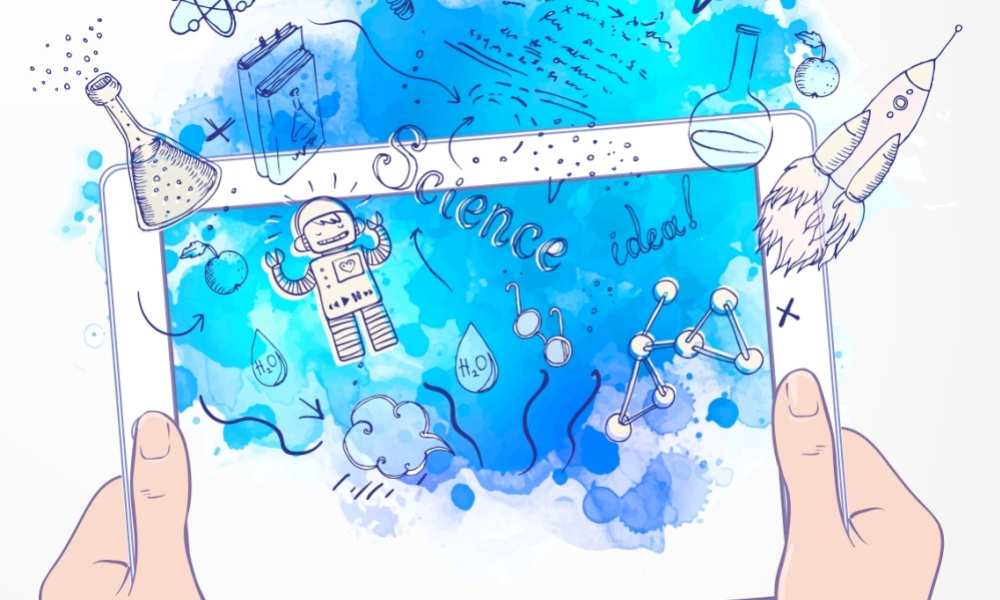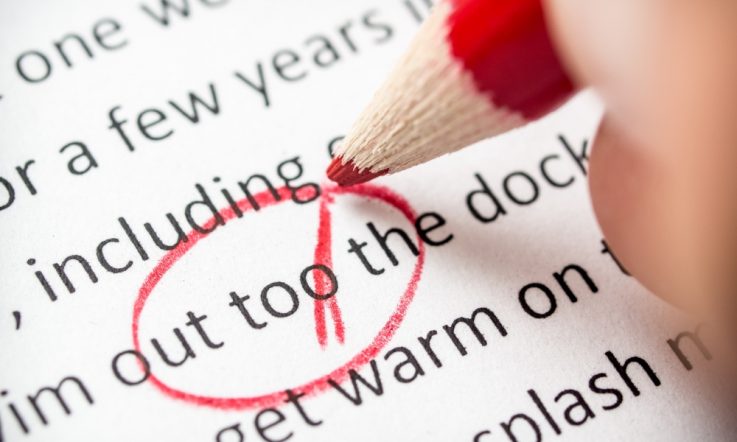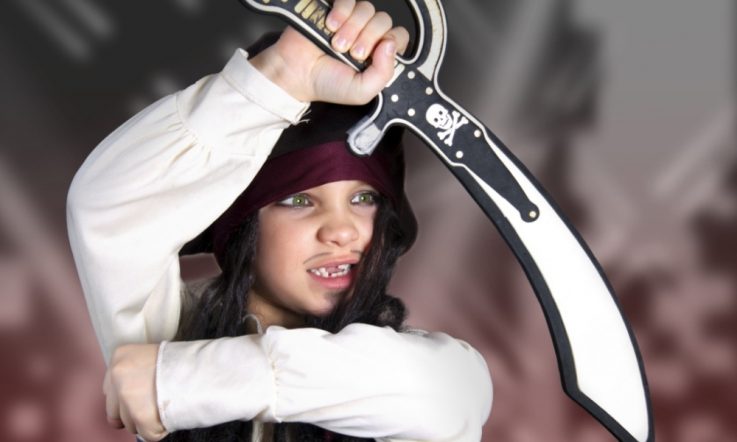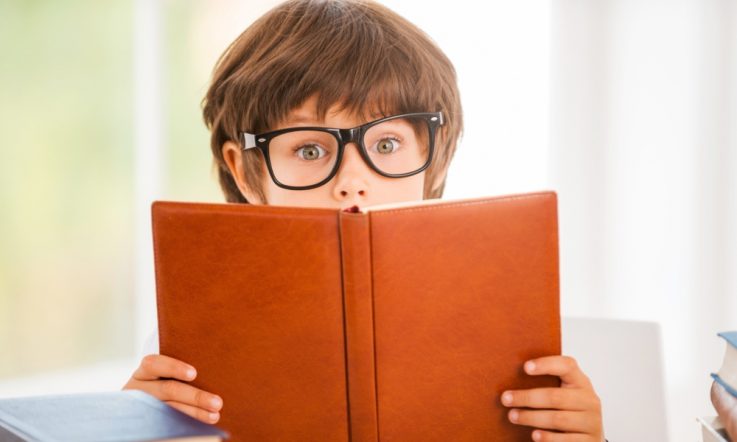Much like digital literacy, visual literacy is cross disciplinary and can be applied in most subject areas.
Therefore, educators are encouraged to not only understand how these visuals can be used as educational resources, but how they can add value to activities in the classroom.
Experts at MESH, an independent education organisation, have written a guide on the topic of visual literacy. It discusses how visual literacy encompasses all kinds of mediums – including illustrative content, drawings and paintings, moving images, maps, animations and multimodal media.
The guide authors – Theo Keuchel, Jeff Beaudry and Sarah Ritz-Swain – explain that ‘visual Literacy is a cross disciplinary competence, and plays an important role in all subjects, and is just as important in the STEM subjects as the Arts and Humanities'.
On its importance, they cite the Association of College and Research Libraries (ACRL): ‘a visually literate individual is both a critical consumer of visual media and a competent contributor to a body of shared knowledge and culture' (Hattwig et al., 2011). This means a visually literate learner will not only be able to critically discriminate between the visual information that is presented to them, but they will also be able to visualise abstract concepts.
According to the MESHGuide, educators ‘should be able to present and communicate information and concepts using visual graphic software tools, images, videos, charts, presentations and visual organisation tools such as concept maps and mind maps'
The authors argue visual literacy is especially important for primary school aged children, as they are making the transition from ‘viewing and speaking to formal language acquisition and incorporate the rules of speaking and writing, and from making marks and drawing to letters, language and text-based learning'.
The guide poses several pedagogical questions teachers could ask to develop their students' visual literacy skills. They include the following:
- What's going on in this image?
- What do you see that makes you say that?
- What more can we find out?
- What does this image say to us?
- Who are the audience?
- What media has been used to make it?
- Is purpose of this image?
- Why was it made?
- How does it work? Does it meet its objectives
- How else could this image be used?
- How could you change/improve this image?
- How would you use this image?
- Where has this image come from?
When it comes to incorporating visual literacy into your lessons, there are several resources to help you get started. In particular, teachers are encouraged to look at a visual media archives or collections and portals, both contemporary and historic. Online visual tools and platforms like YouTube and Flickr also have a wealth of content to choose from. Alternatively, teachers could attempt to access communities of practice like a MOOC (massive open online course).
MESH is a project of the Education Futures Collaboration – a group of universities and educational organisations with the aim of improving the quality of teaching through shared knowledge.
Visit http://www.meshguides.org/guides/node/214 to access the full MESHGuide.
References
Hattwig, D., Burgess, J., Bussert, K. and Medaille, A. (2011). ACRL Visual Literacy Competency Standards for Higher Education. [online] Association of College & Research Libraries (ACRL). Available at: http://www.ala.org/acrl/standards/visualliteracy [Accessed 23 Aug. 2016].
Consider the ways you incorporate visual literacy in your lessons. How could you use the questions above to develop your students’ skills?
Consider this statement: images can convey meaning and information more concisely and powerfully than text. Do you agree or disagree? Why/why not?



